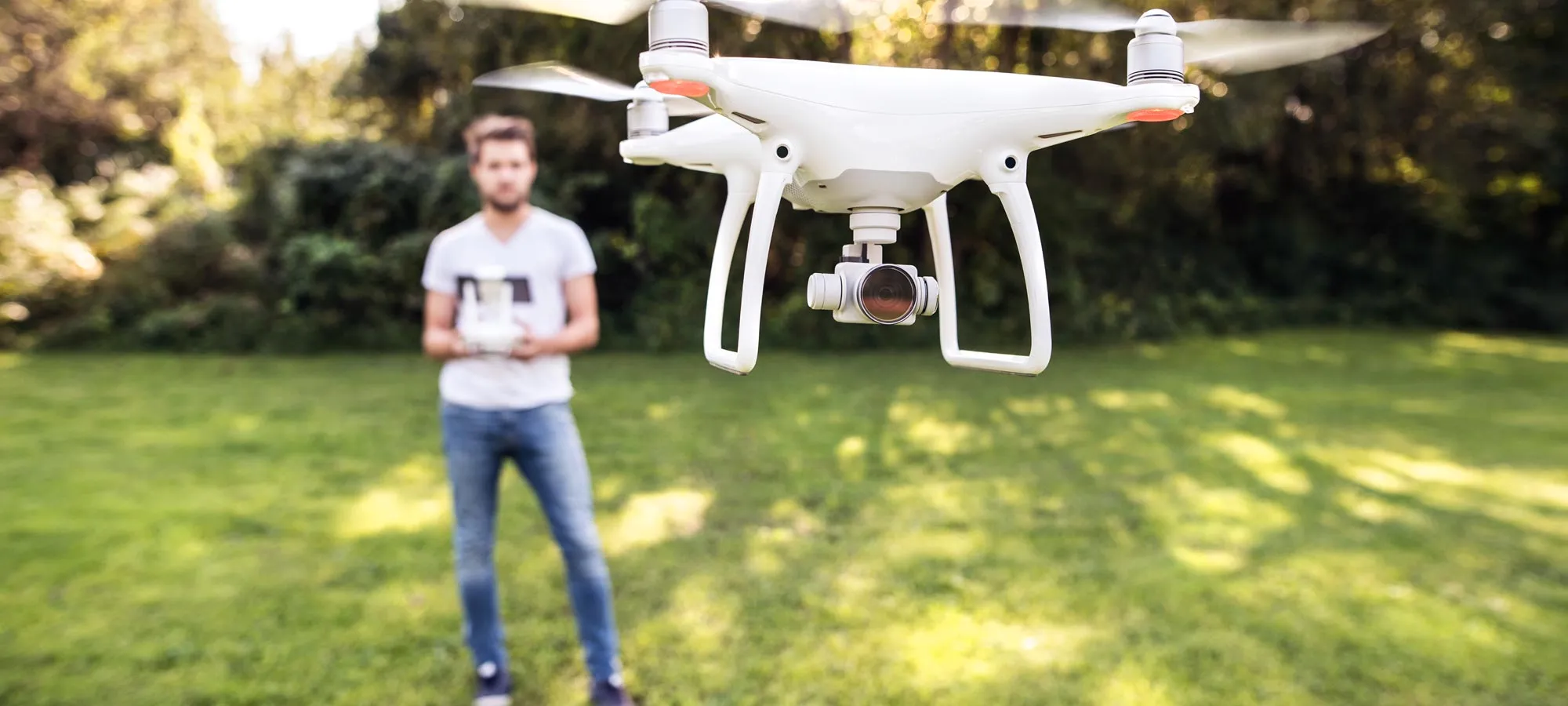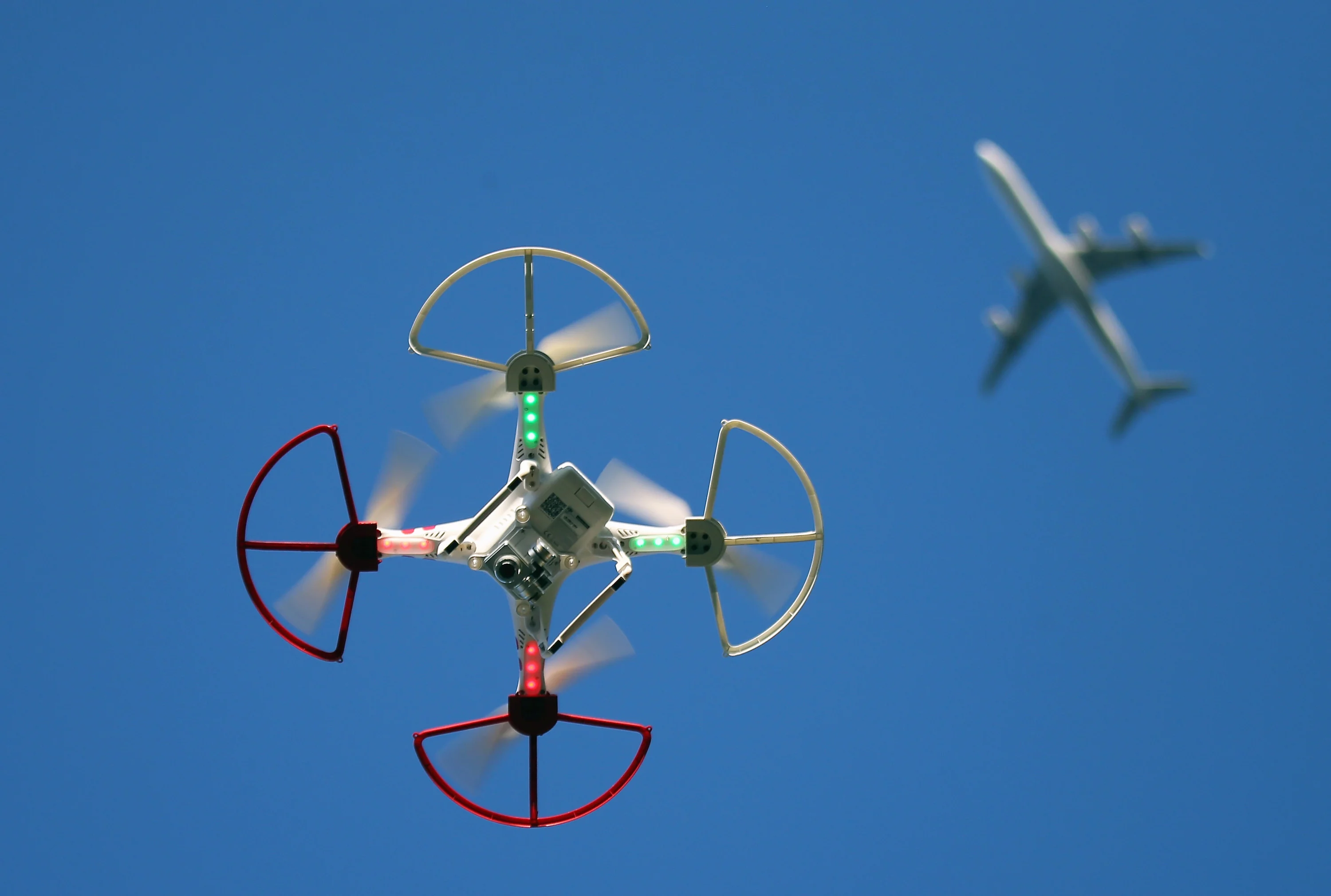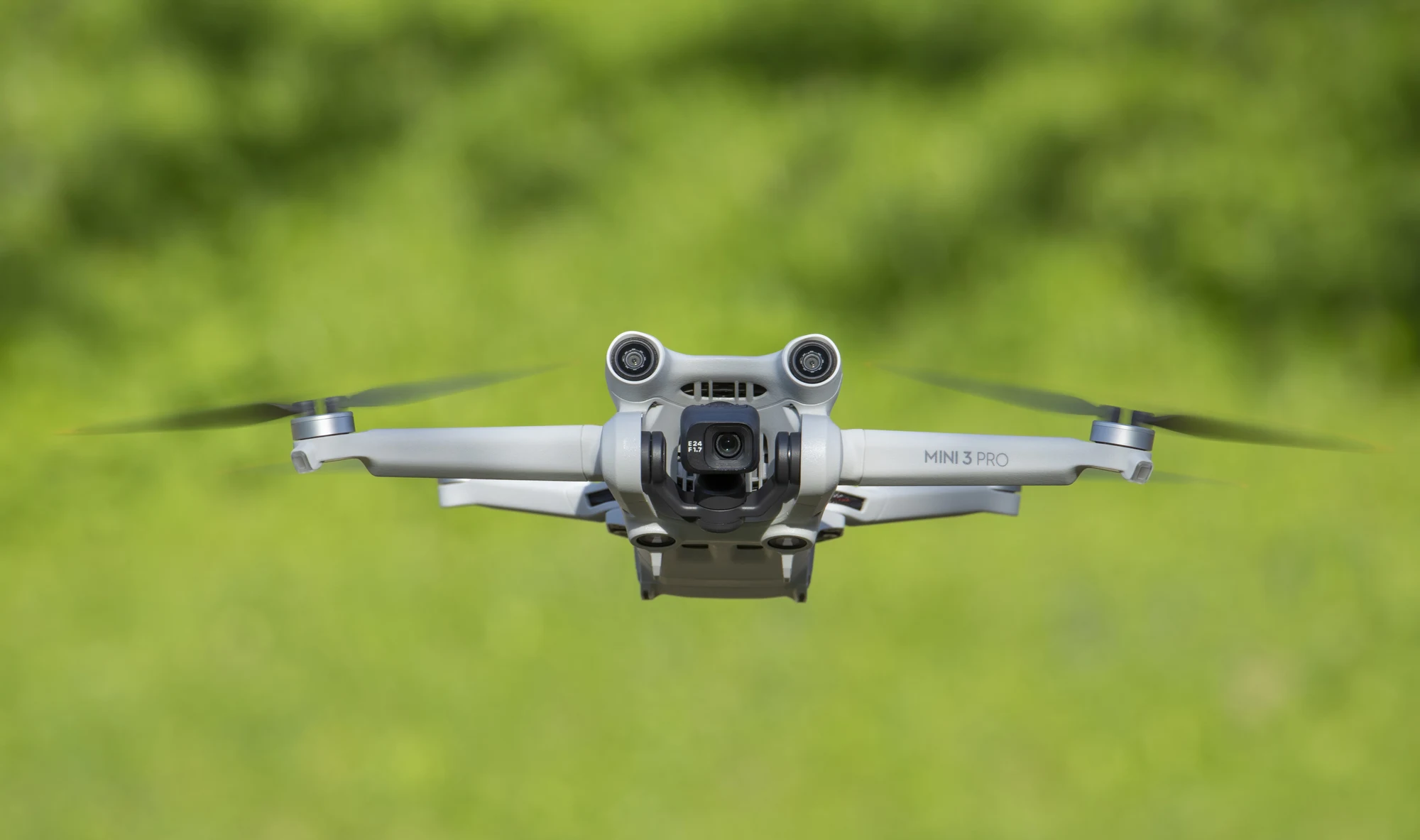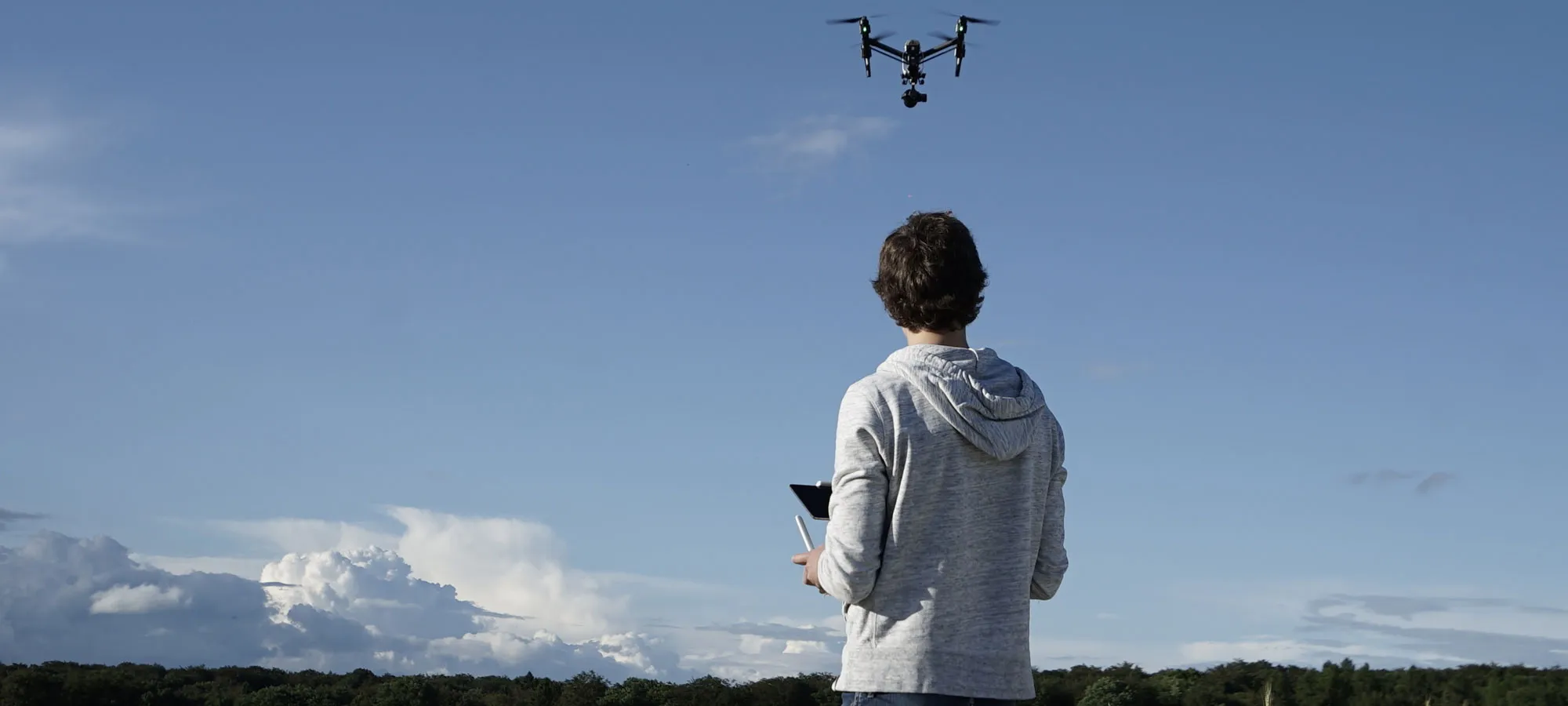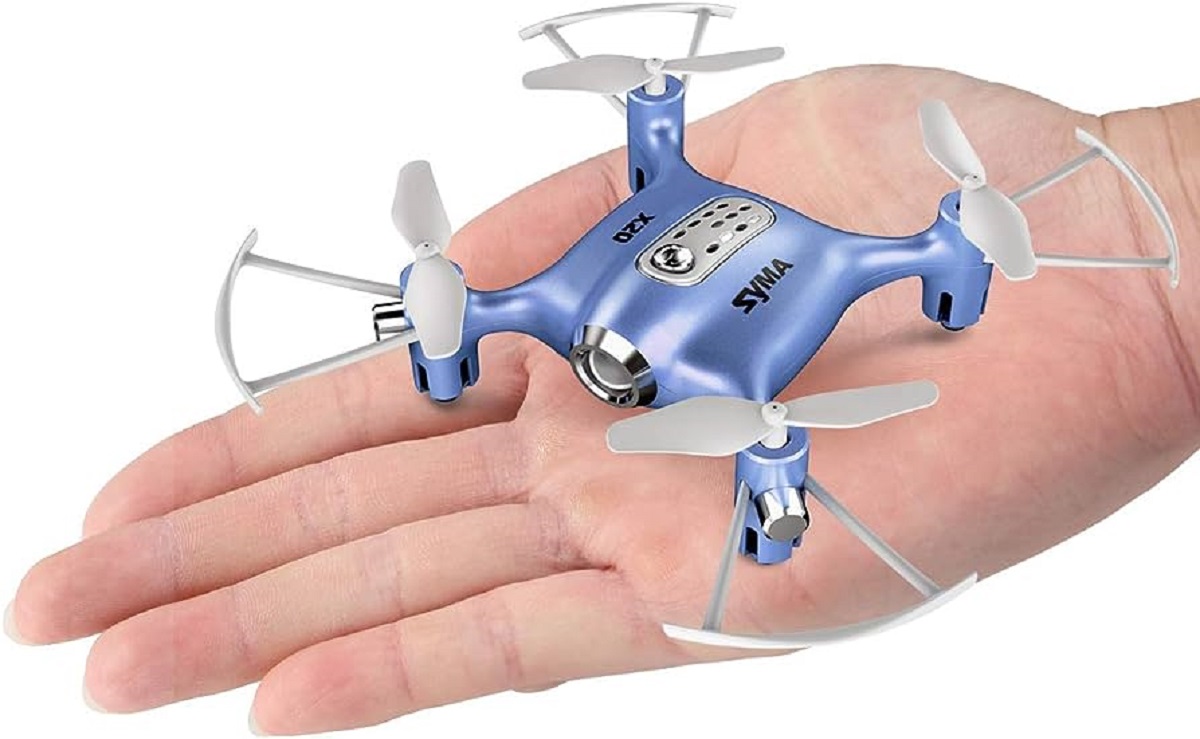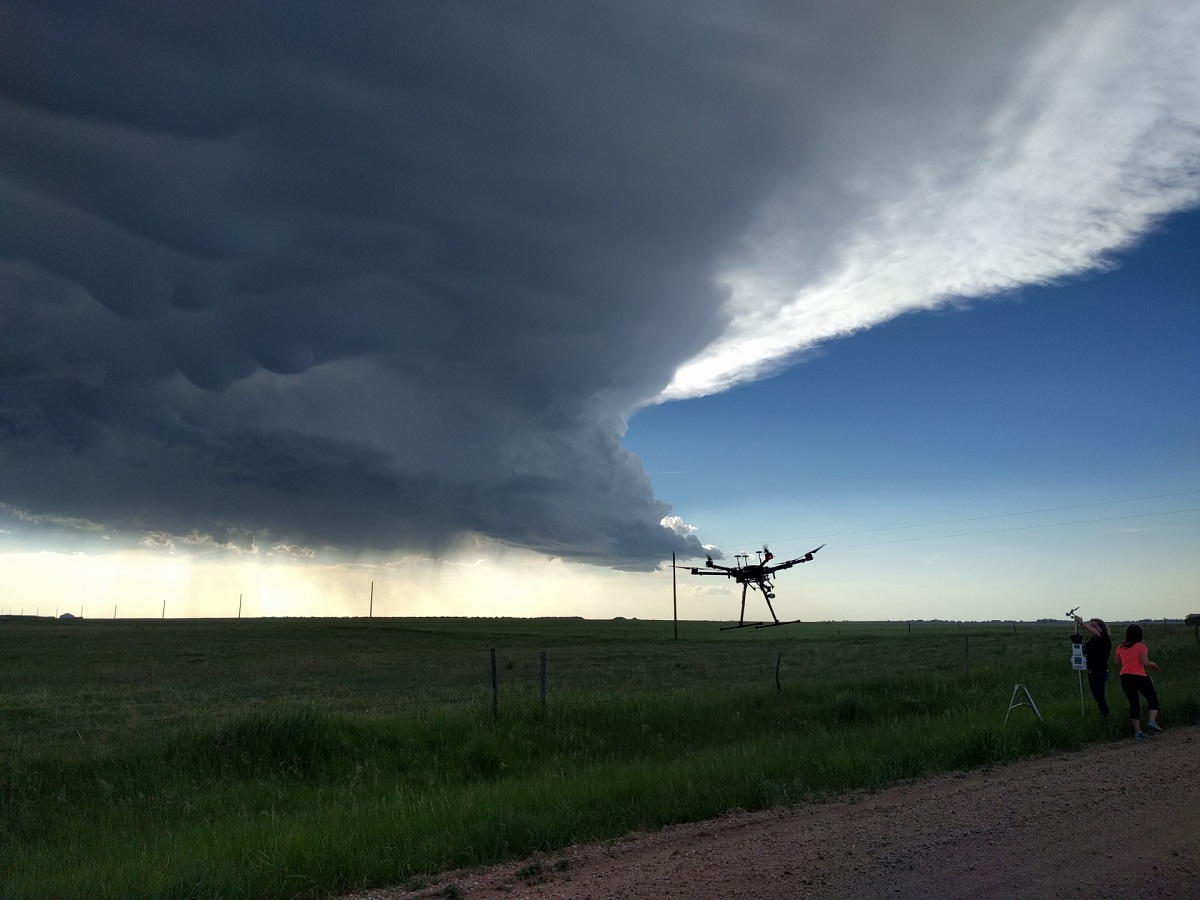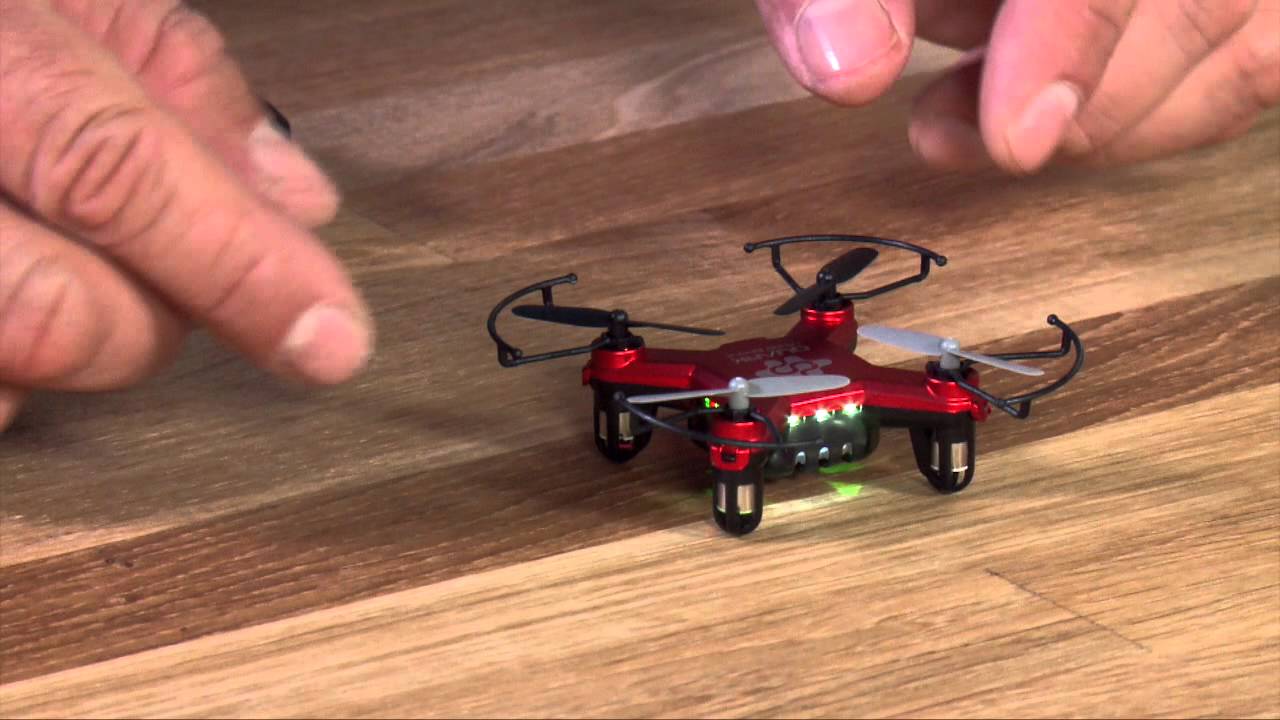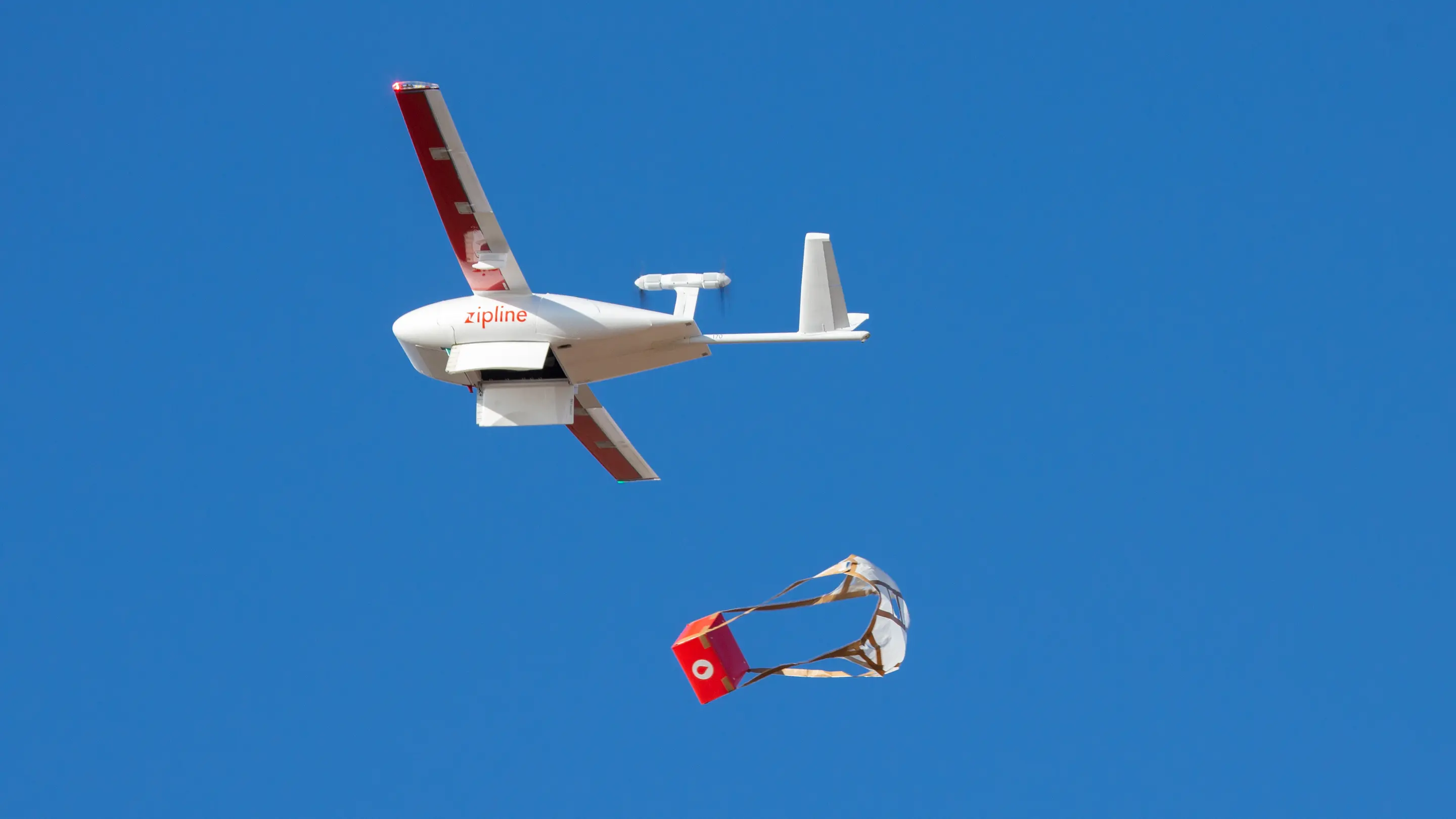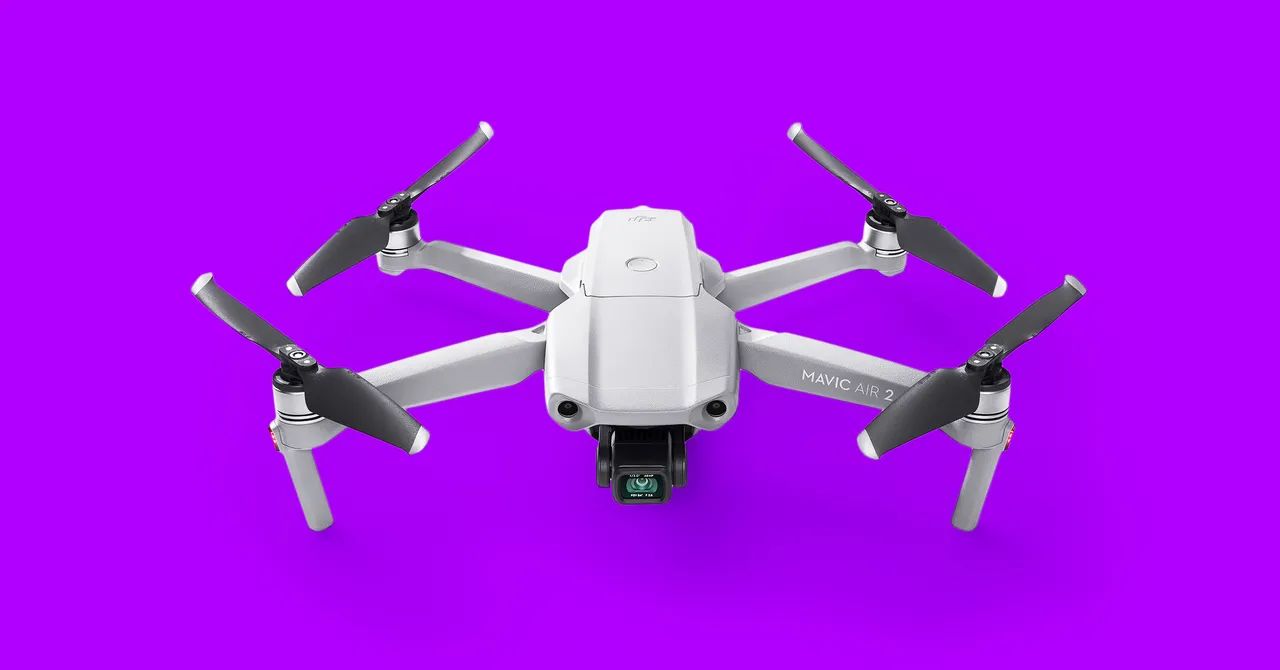Introduction:
Drones, also known as unmanned aerial vehicles (UAVs), have surged in popularity over the past few years. These versatile devices are not only used for recreational purposes but also serve a wide range of professional applications, including aerial photography, surveillance, and even package delivery. With the advancement of technology, drones are becoming more affordable and accessible to the general public.
However, operating a drone is not as simple as just unpacking it and taking off. There are several legal requirements that drone pilots must adhere to in order to ensure the safety and well-being of everyone involved. In this article, we will explore the necessary steps and considerations to fly a drone legally and responsibly.
Before diving into the legal aspects, it’s important to understand the different types of drones available in the market. From small hobbyist drones to professional-grade aerial platforms, there is a wide range of options to choose from. Each type of drone comes with its own set of features, capabilities, and flight characteristics. It’s crucial to have a basic understanding of these distinctions to make an informed decision when selecting a drone that suits your needs.
Once you have selected the right drone, it’s essential to familiarize yourself with the legal requirements imposed by the relevant authorities. In many countries, including the United States, drones above a certain weight threshold need to be registered before they can be flown. This registration process helps in identifying and tracking drones, ensuring accountability for their usage.
In addition to registration, some countries require drone pilots to obtain a drone license or permit. This involves passing a knowledge test to demonstrate a fundamental understanding of flying principles, airspace regulations, and safety precautions. This certification ensures that drone pilots possess the necessary skills and knowledge to operate their drones safely in various environments.
Understanding and adhering to drone safety rules is another crucial aspect of responsible drone operation. This includes following guidelines such as maintaining a safe distance from people and property, avoiding restricted airspace, and taking precautions to prevent accidents or incidents. Ignoring these safety rules not only puts others at risk but could also result in legal consequences for the drone pilot.
Before taking off, it’s important to thoroughly check the weather conditions in the intended flying area. Wind, rain, and other environmental factors can significantly affect the stability and control of a drone. Pilots should avoid flying in adverse weather conditions that could lead to potential damage or loss of control.
In summary, flying a drone legally and responsibly involves understanding and complying with the necessary legal requirements, obtaining the required licenses or permits, adhering to safety rules, and being aware of weather conditions. By following these steps and exercising caution during flight, drone enthusiasts can enjoy their hobby or profession while ensuring the safety and well-being of themselves and those around them.
Types of Drones:
When it comes to drones, there is a vast array of options available in the market. Understanding the different types of drones can help you choose the one that aligns with your specific needs and requirements. Here are some of the main categories of drones:
- Toy Drones: These drones are designed for beginners and recreational purposes. They are usually small in size, lightweight, and easy to handle. Toy drones often come with basic features and functionalities, making them ideal for learning how to fly and practice aerial maneuvers.
- Camera Drones: As the name suggests, camera drones are equipped with high-quality cameras that allow for capturing stunning aerial photographs and videos. These drones are popular among professional photographers, videographers, and filmmakers who require aerial shots for their projects. Camera drones usually have gimbal stabilization systems to ensure smooth and stable footage.
- Racing Drones: Racing drones are specifically designed for competitive racing events. These drones are built for speed and agility, featuring powerful motors and aerodynamic designs. Racing drones often come with first-person view (FPV) capabilities, allowing pilots to don goggles that provide a real-time video feed from the drone’s perspective.
- Professional Drones: Professional drones are used for various commercial applications, such as surveying, mapping, agriculture, and inspection. These drones are equipped with advanced sensors, GPS systems, and other specialized features to perform specific tasks effectively. Professional drones generally have longer flight times, extended range, and higher payload capacities.
- Autonomous Drones: Autonomous drones are programmed to perform tasks without direct human control. These drones use artificial intelligence algorithms and advanced navigation systems to navigate and complete missions autonomously. Examples of autonomous drones include delivery drones and search-and-rescue drones.
Each type of drone has its own advantages and limitations. It’s crucial to consider your intended use, budget, and skill level when selecting a drone. Beginners may find toy drones or camera drones a good starting point, while professionals with specific requirements may opt for professional or autonomous drones.
When choosing a drone, it’s also important to consider factors such as flight time, range, battery life, camera specifications, and flight controls. Additionally, check regulations specific to your location regarding drone usage to ensure compliance with local laws.
By understanding the different types of drones and their functionalities, you can make an informed decision and select the drone that best fits your needs, whether it’s for recreational use, aerial photography, racing, or professional applications.
Legal Requirements:
Flying a drone comes with certain legal responsibilities to ensure the safety and privacy of others. These legal requirements vary from country to country and even within different regions. It is essential to familiarize yourself with the specific regulations applicable in your area before taking flight.
One common legal requirement for drone operators is the registration of their drones. In many countries, drones above a certain weight threshold need to be registered with the relevant aviation authority. Registration typically involves providing identifying information about the drone, such as its make, model, and serial number. This process helps in identifying and tracking drones, ensuring accountability for their usage.
In addition to registration, some countries require drone pilots to obtain a license or permit to operate a drone. This certification ensures that drone pilots have the necessary knowledge and skills to fly safely and responsibly. The requirements to obtain a license may include passing a knowledge test, completing a training course, or meeting specific age restrictions. It is important to research and understand the licensing requirements in your area to comply with the law.
Furthermore, there are specific regulations regarding where and how drones can be flown. For example, most countries restrict flying drones near airports, military facilities, and other sensitive areas. Additionally, there are restrictions on flying drones above certain altitudes to prevent interference with manned aircraft. It is essential to familiarize yourself with the airspace regulations and restricted areas in your location to avoid any legal complications.
Privacy is also a significant concern when flying drones, and there may be specific laws or regulations in place to protect individuals’ privacy rights. It is important to respect the privacy of others and avoid recording or photographing private property without permission. Familiarize yourself with any privacy laws or guidelines in your area and ensure that you comply with them.
Drone operators should also consider obtaining drone insurance. While not legally required in all jurisdictions, having drone insurance can provide protection in the event of accidents, damage to property, or injury to others. It is advisable to check with insurance providers for specialized drone insurance policies that suit your needs.
By being aware of and complying with the legal requirements, drone operators can enjoy flying their drones while respecting the safety and privacy of others. Remember to stay updated on any changes in regulations and be proactive in adhering to them to ensure a positive and responsible drone flying experience.
Registration:
In many countries, including the United States, registration is a mandatory requirement for drone owners. The purpose of registration is to ensure accountability and promote responsible drone operation. Registering your drone involves providing necessary information about your drone, such as its make, model, and serial number, as well as your contact details.
In the United States, drone registration is done through the Federal Aviation Administration (FAA). The FAA requires all drones weighing between 0.55 pounds (250 grams) and 55 pounds (25 kilograms) to be registered with their online system. Failure to register a drone that falls within this weight range can lead to fines and other legal consequences.
To register your drone with the FAA, you will need to provide your personal information, including your name, address, and email address. You will also need to pay a small registration fee. Once you have completed the registration process and received your unique registration number, you must affix it to your drone, either through a label or using an accessible compartment.
It’s important to note that different countries may have different registration processes and requirements. It is your responsibility as a drone owner to research and comply with the registration regulations specific to your location.
Registering your drone not only ensures compliance with the law but also provides benefits. The registration process helps in identifying and tracking drones, which can be useful in case of lost or stolen drones. It also promotes responsible drone operation, as registered drones are linked to their owners, who can be held accountable for any violations or misuse of the drone.
Keep in mind that some drone models may already come with a pre-installed registration number, while others may require you to register them separately. It’s important to check the manufacturer’s instructions and consult the relevant aviation authority to determine if your drone needs to be registered.
Remember to carry your registration certificate or proof of registration whenever you fly your drone. Be prepared to present it if requested by authorities or law enforcement personnel. It’s crucial to keep your registration information up to date, such as updating it if you change your address or contact details.
By understanding and fulfilling the registration requirements, you can operate your drone legally and enjoy the recreational or professional benefits of drone flight while contributing to a safer and more responsible drone community.
Drone License:
In many countries, obtaining a drone license or permit is a requirement for operating a drone. A drone license ensures that drone pilots have the necessary knowledge and skills to fly safely and responsibly. The specific requirements for obtaining a drone license may vary depending on the region or country you are in.
In the United States, for example, the Federal Aviation Administration (FAA) requires commercial drone pilots to obtain a Remote Pilot Certificate. This involves passing the FAA Part 107 Knowledge Test, which assesses a pilot’s understanding of various topics such as airspace regulations, weather conditions, emergency procedures, and flight operations.
The Part 107 Knowledge Test covers a range of topics to ensure that drone operators have a comprehensive understanding of the rules and regulations governing drone flight. It is important to study and prepare for the exam by utilizing FAA-approved study materials and resources.
Once you pass the Part 107 Knowledge Test, you will receive a Remote Pilot Certificate with a small unmanned aircraft systems (sUAS) rating. This certificate enables you to legally operate drones for commercial purposes within the limitations and regulations outlined by the FAA.
In addition to the FAA requirements for commercial drone pilots, some countries may have separate licensing or certification processes for recreational drone pilots. These licenses may involve passing a similar knowledge test or completing a training course to demonstrate proficiency in drone operation and safety.
It’s worth noting that the requirements for obtaining a drone license may change over time, so it is essential to stay updated on the regulations and procedures established by the relevant aviation authority in your country or region.
A drone license not only ensures compliance with the law but also demonstrates a commitment to safe and responsible drone operation. Obtaining a license shows that you have taken the time to learn and understand the rules and regulations that govern drone flight, which helps to minimize risks and potential harm to others.
Remember to carry your drone license with you whenever you fly your drone, especially if you are operating it for commercial purposes. Be prepared to show it if requested by authorities or clients.
By obtaining a drone license, you not only enhance your skills and knowledge as a drone pilot but also contribute to the overall safety and professionalism of the drone industry. Operating a drone with the necessary training and certification instills confidence in clients, regulators, and the general public, fostering a positive and responsible drone community.
FAA Knowledge Test:
The Federal Aviation Administration (FAA) Knowledge Test is a requirement for obtaining a Remote Pilot Certificate in the United States. This test assesses a drone pilot’s knowledge of various topics related to drone operation, airspace regulations, safety procedures, and more. Passing the FAA Knowledge Test is essential for commercial drone pilots to legally operate drones within the guidelines set forth by the FAA.
The FAA Knowledge Test, also known as the Part 107 Knowledge Test, consists of multiple-choice questions that cover a wide range of subjects. These subjects include airspace classifications and restrictions, weather considerations, emergency procedures, radio communication protocols, and the operating limitations of drones.
To prepare for the FAA Knowledge Test, aspiring drone pilots can utilize study materials and resources provided by the FAA. These resources include the FAA’s Remote Pilot – Small Unmanned Aircraft Systems Study Guide, which covers all the topics that may appear on the exam. Additionally, there are numerous online courses and study guides available that offer comprehensive preparation for the test.
It is important for drone pilots to thoroughly study and understand the material covered in the FAA Knowledge Test. This includes familiarizing themselves with the rules and regulations outlined in the FAA’s Part 107 regulations, which govern the commercial operation of drones in the United States.
When ready, drone pilots can schedule the FAA Knowledge Test at an authorized testing center. The test is conducted in person and typically consists of 60 multiple-choice questions. A passing score of 70% or higher is required to successfully complete the exam and obtain the Remote Pilot Certificate.
Upon passing the FAA Knowledge Test, drone pilots will receive a Remote Pilot Certificate with a small unmanned aircraft systems (sUAS) rating. This certificate allows pilots to legally operate drones for commercial purposes, provided that they abide by the FAA regulations and guidelines.
It is important to note that for recreational drone operators, the FAA Knowledge Test may not be a requirement. However, it is strongly recommended that all drone pilots study and familiarize themselves with the regulations and guidelines set forth by the FAA to ensure safe and responsible drone operation.
By successfully completing the FAA Knowledge Test, drone pilots demonstrate their understanding of important aviation concepts and commitment to safety. The test ensures that commercial drone pilots have the necessary knowledge to navigate airspace, mitigate risks, and operate their drones in a responsible manner.
Continued education and staying updated on the latest regulations and industry developments are also crucial for drone pilots. It is important to regularly review and refresh knowledge to ensure continued safe and lawful drone operation.
Drone Insurance:
Having drone insurance is an important consideration for drone pilots, whether they are flying for recreational or commercial purposes. Drone insurance provides coverage for potential damages, accidents, or liability claims that may arise during drone operations.
Drone insurance policies can vary in coverage and cost, so it’s important to carefully review and compare different options to find the one that best suits your needs. Some insurance providers offer specialized drone insurance policies that specifically cater to the unique risks associated with drone operation.
One of the main types of drone insurance is liability insurance. This type of coverage protects drone pilots from claims and lawsuits in the event that they cause damage to property or injure someone while operating their drone. Liability insurance helps cover legal expenses, settlements, and damages up to the policy’s specified limits.
In addition to liability insurance, there may be options to add physical damage coverage to your drone insurance policy. This coverage can help protect against damage to the drone itself due to accidents, crashes, or unforeseen circumstances. It is important to carefully review the policy terms and conditions to understand what is covered and what is excluded.
Drone insurance policies may also offer coverage for theft or loss of the drone. This type of coverage can help alleviate the financial burden of replacing a stolen or lost drone, allowing pilots to get back to flying without significant out-of-pocket expenses.
When considering drone insurance, it is crucial to assess the level of coverage you need based on your specific situation. Factors such as the type of drone, its value, the intended use, and the level of risk associated with your operations should be taken into consideration when selecting coverage limits.
Drone insurance is especially important for commercial drone pilots who are operating drones for business purposes. Clients and companies often require proof of insurance before hiring a drone operator, as it provides an added layer of protection and professionalism.
Even for recreational drone pilots, insurance can offer peace of mind and financial protection in case of accidents or unforeseen circumstances. Accidents happen, and having insurance coverage can alleviate financial stress and minimize potential liabilities.
When selecting a drone insurance policy, carefully review the terms and conditions, coverage limits, deductibles, and any specific exclusions or requirements. It’s also advisable to communicate with insurance providers and inquire about any additional endorsement options that may be available, such as coverage for equipment upgrades or higher liability limits.
By obtaining drone insurance, drone pilots can fly with confidence, knowing that they are protected in case of accidents, damages, or liability claims. Insurance provides financial protection and allows pilots to focus on their operations, while adhering to safety regulations and best practices.
Drone Safety Rules:
Ensuring the safety of others and protecting the airspace is paramount when operating a drone. Adhering to drone safety rules is vital for the responsible use of drones and to prevent accidents or incidents. Here are some important safety rules that every drone pilot should follow:
- Maintain line of sight: Always keep your drone within your line of sight during flight. This allows you to see and avoid any potential obstacles or hazards.
- Respect no-fly zones: Be aware of restricted airspace areas, such as airports, military bases, and national parks. Do not fly your drone in these prohibited areas, as it can pose a risk to manned aircraft or violate regulations.
- Avoid flying over people or crowds: It’s important to prioritize the safety and privacy of others. Do not fly your drone directly over or near people, as it can be intrusive and potentially dangerous in the event of a malfunction or emergency.
- Follow altitude restrictions: Be aware of altitude limitations in your area. Avoid flying your drone too high, as it can interfere with manned aircraft and pose potential hazards.
- Keep a safe distance: Maintain a safe distance from buildings, vehicles, and other structures or objects. Be mindful of your surroundings and ensure that you have enough space to maneuver your drone safely.
- Observe weather conditions: Before flying, check weather conditions and avoid flying in adverse weather such as strong winds, rain, or low visibility. These conditions can affect the stability and control of your drone.
- Ensure proper battery maintenance: Regularly inspect and maintain your drone’s batteries to prevent power failures during flight. Follow the manufacturer’s recommendations for charging, storage, and replacement of batteries.
- Stay informed about local regulations: Familiarize yourself with the drone regulations specific to your location. Stay updated on any changes in laws or guidelines to ensure compliance with regulations and avoid potential penalties.
- Respect privacy: Be respectful of privacy rights and do not invade the privacy of individuals or properties. Avoid recording or photographing private areas without proper consent.
- Have proper insurance coverage: Consider obtaining drone insurance to protect yourself and others in case of accidents, damages, or liability claims. Insurance can offer financial protection and peace of mind during drone operations.
Following these safety rules not only promotes responsible drone operation but also helps maintain a positive public perception of drones. By prioritizing safety and adhering to regulations, drone pilots contribute to the overall safe integration of drones into the airspace.
It’s essential to regularly stay updated on new safety guidelines and industry best practices. Ongoing education and staying informed about emerging technologies and advancements are crucial for the continued safe and responsible operation of drones.
Flying Zones:
When it comes to flying drones, it’s crucial to be aware of the different flying zones and understand the specific rules and regulations that apply to each zone. By familiarizing yourself with these zones, you can ensure safe and responsible drone operations while complying with local regulations. Here are some common flying zones to keep in mind:
- Restricted Zones: These are areas where drone flights are strictly prohibited due to safety or security reasons. Restricted zones typically include airports, military installations, and government facilities. It is crucial to avoid flying drones in these areas to prevent interference with manned aircraft or potential security risks.
- No-Fly Zones: Similar to restricted zones, no-fly zones are areas where drone flights are not allowed. These zones often include sensitive locations such as nuclear power plants, national parks, or other protected areas where drone operations are restricted to preserve the environment or maintain public safety.
- Controlled Airspace: Controlled airspace encompasses areas where air traffic control services are provided. These areas are typically around airports and require special permission or authorization to fly a drone. It’s important to check airspace classifications and the specific requirements for operating drones within controlled airspace. Pilots may be required to obtain specific clearances or follow predefined procedures to fly in these zones.
- Uncontrolled Airspace: Uncontrolled airspace refers to areas where air traffic control services are not required. In these areas, drone pilots have more freedom to operate, but they are still expected to follow general safety guidelines and adhere to altitude restrictions.
- Public Spaces: Public spaces such as parks and recreational areas can be suitable for recreational drone flights. However, it’s important to check local regulations as some areas may have restrictions or require permits for drone operations. Pilots should always prioritize the safety of people and property and be mindful of their surroundings when flying in public spaces.
- Private Property: Flying drones over private property requires permission from the property owner. It’s important to respect the privacy rights of individuals and avoid intruding upon their personal space. If you plan to fly a drone over private property for commercial purposes, it’s advisable to obtain proper consent and permissions from the property owner.
Understanding and respecting these flying zones is crucial for responsible and legal drone operations. It’s essential to research and stay updated on local regulations and any temporary flight restrictions that may be in place. Utilizing tools and applications that provide up-to-date airspace information can help drone pilots plan their flights and ensure compliance with the specific rules that apply to the area they intend to fly in.
By following the rules and guidelines set for each flying zone, drone pilots can ensure the safety of themselves, others, and the airspace. Responsible drone operations promote the positive integration of drones into the community, while minimizing risks and fostering an environment of trust and respect.
Homeowner Association Rules:
When it comes to flying drones in residential areas, homeowners associations (HOAs) often have specific rules and regulations in place that drone pilots must adhere to. These rules are designed to balance the rights of drone operators with the privacy and concerns of the community. If you live in a neighborhood governed by an HOA, it is essential to familiarize yourself with the association’s specific rules regarding drone operations. Here are some common homeowner association rules related to drones:
- Prohibition: Some homeowner associations may have a complete ban on drone operations within the community. This could be due to concerns about privacy, noise disturbances, or potential safety risks.
- Registration: HOAs may require drone pilots to register their drones with the association. This registration process allows the association to keep track of drones within the community and ensures that pilots are aware of the guidelines and restrictions.
- Flight Restrictions: Homeowner associations may impose restrictions on the time, location, and altitude of drone flights. They may designate specific fly zones or limit flights to certain hours of the day to minimize disruptions to residents.
- Privacy Considerations: HOAs are often concerned about ensuring the privacy of residents. Drone pilots may be required to obtain consent from the affected parties before flying over private properties or capturing images or videos within the community.
- Insurance Requirements: Some homeowner associations may require drone pilots to carry liability insurance coverage that meets certain minimum requirements. This helps protect the association and residents in case of accidents or damages caused by drone operations.
- Enforcement Measures: HOAs may have specific enforcement mechanisms in place to ensure compliance with drone rules. These measures may include warnings, fines, or even the revocation of privileges for repeated violations.
Since homeowner association rules can vary, it is crucial to review the association’s guidelines and regulations before flying your drone within the community. It may be beneficial to engage in open communication with the HOA and seek clarification on any specific drone policies or concerns.
Respecting the homeowner association rules not only helps maintain good relationships within the community but also contributes to responsible and considerate drone operations. By ensuring that you fly your drone within the guidelines set forth by the HOA, you help promote a positive image of drone pilots and foster a harmonious living environment for all residents.
Remember that local and federal regulations still apply, even if your homeowner association has specific rules in place. It is essential to comply with all applicable drone laws and ensure the safety and privacy of others, regardless of any additional restrictions imposed by the HOA.
By being a responsible and respectful drone pilot within your homeowner association, you can enjoy flying your drone while maintaining the harmony and well-being of the community.
Communication & Responsibility:
Effective communication and a strong sense of responsibility are essential for maintaining safety and harmony when flying drones. As a drone pilot, it is important to prioritize communication with others, including fellow pilots, authorities, and the general public. Additionally, taking responsibility for your actions and being accountable for the safe operation of your drone are crucial aspects of responsible drone piloting. Here are some key points to consider:
1. Communicate with Other Drone Pilots: In areas where multiple drone pilots are present, clear and respectful communication is essential. Establishing effective communication channels helps prevent collisions, ensures coordination, and fosters a sense of community among drone operators.
2. Notify Authorities: If you plan to fly your drone in controlled airspace, near airports, or in areas with specific restrictions, it is important to notify the relevant authorities in advance. This allows them to be aware of your presence and can help prevent potential conflicts or safety issues.
3. Educate the Public: Take opportunities to educate the public about drones, their capabilities, and the regulations that govern their operation. This can help dispel misconceptions, address concerns, and foster a positive perception of drones within the community.
4. Respect Privacy and Property: When flying your drone, be mindful of the privacy rights of individuals and respect their personal spaces. Avoid flying over private properties without permission and refrain from capturing images or videos that may invade someone’s privacy. It is crucial to demonstrate integrity and responsibility in handling aerial imagery.
5. Be Conscious of Noise: Drones can generate noise that may disturb others, especially in residential areas. Consider time restrictions and fly your drone during appropriate hours to minimize noise disturbances, ensuring a peaceful and respectful environment for everyone.
6. Practice Environmental Responsibility: Follow environmental regulations and guidelines when flying your drone, especially in environmentally sensitive areas. Avoid disturbing wildlife and natural habitats, and always adhere to designated flight paths or areas to minimize environmental impact.
7. Take Responsibility for Safety: Prioritize safety in every aspect of drone operation. Conduct pre-flight checks, ensure proper maintenance, and follow operational guidelines provided by the drone manufacturer. Stay abreast of relevant safety guidelines and continuously update your knowledge to keep up with evolving best practices.
8. Report Incidents: If you witness or are involved in an incident or near-miss while flying your drone, report it to the appropriate authorities or organizations. By reporting such incidents, you contribute to the overall safety record and help identify areas where safety measures can be improved.
By practicing open communication, taking responsibility for your actions, and being accountable for the safe operation of your drone, you can help create a safe and respectful environment for all stakeholders involved. Responsible drone piloting is not just about following the rules and regulations, but also about demonstrating professionalism, respect for others, and a commitment to safety at all times.
Weather Conditions:
Considering weather conditions is essential for safe and successful drone operations. Adverse weather can significantly impact the performance and control of your drone, posing potential risks to both the drone itself and those in its vicinity. Understanding and monitoring weather conditions is crucial for responsible and effective drone piloting. Here are some key points to consider:
1. Wind: Pay close attention to wind speed and direction before flying your drone. Strong winds can make it difficult to control and stabilize the drone, potentially leading to accidents or loss of control. Be aware of the recommended wind limits specified by the drone manufacturer and ensure they align with the current weather conditions.
2. Rain and Precipitation: Drones, especially those without waterproof capabilities, are not designed to operate in wet conditions. Water can damage electronic components, compromise motor performance, and affect the overall stability of the drone. Avoid flying your drone during rain or when precipitation is present to minimize the risk of damage.
3. Temperature and Extreme Conditions: Extreme temperatures, whether extremely high or low, can affect battery performance and overall drone functionality. It’s important to follow the manufacturer’s guidelines regarding temperature limits for flying your drone. Additionally, be cautious of severe weather conditions such as storms, lightning, or heavy snow, as they can pose significant risks to drone operations.
4. Visibility and Fog: Poor visibility caused by fog, heavy mist, or low-hanging clouds can make it difficult to maintain visual contact with your drone. Losing sight of the drone can increase the chances of accidents or collisions. Ensure that visibility is clear and that you can maintain a visual line of sight with your drone at all times.
5. Sunrise and Sunset: Lighting conditions during sunrise and sunset can be challenging for drone pilots due to low light levels and potential glare. These conditions can affect visibility and the drone’s ability to detect obstacles. Exercise caution and consider the lighting conditions when planning your flight during these times.
6. Weather Apps and Resources: Utilize weather apps, websites, and other reliable resources to monitor current weather conditions and forecasts. These tools can provide valuable information on wind speed, precipitation, temperature, and other important factors that impact drone flight. Stay updated on the weather conditions before and during your flight.
7. Personal Safety: Consider your own safety when assessing weather conditions. Unfavorable weather can increase the chances of accidents or injuries while operating your drone. Take into account factors such as wind chill, extreme heat, or other weather-related risks that could affect your well-being during the flight.
Prioritizing safety during drone operations means being mindful of the weather conditions and assessing their potential impact on your drone’s performance and flight capabilities. By closely monitoring weather conditions and making informed decisions based on the specific limitations and recommendations provided by the drone manufacturer, you can ensure safer and more successful flights.
Pre-flight Checklist:
A pre-flight checklist is an essential tool for drone pilots to ensure a safe and successful flight. Following a comprehensive checklist helps you to verify that all necessary precautions and preparations have been taken before taking off. Here are some key items to include in your pre-flight checklist:
- Check Weather Conditions: Assess current weather conditions and forecasts for wind speed, precipitation, temperature, visibility, and other relevant factors. Ensure that the weather is suitable and within the limits specified by the drone manufacturer.
- Inspect Drone and Equipment: Thoroughly examine your drone for any signs of damage or wear. Check propellers, motors, landing gear, and any other components to ensure they are in good working condition. Inspect the battery for damage or swelling and verify that it is securely connected.
- Verify Battery Levels: Check the battery levels of both the drone and the controller. Ensure that they are adequately charged to support the intended flight duration. It is also important to carry spare batteries if needed.
- Calibrate Sensors: If required by the drone manufacturer, calibrate the sensors before each flight. This helps ensure accurate positioning and stability of the drone during operation.
- Secure Memory Cards: Check the memory card in the drone’s camera to ensure it is properly inserted and has sufficient storage capacity. Verify that the memory card is formatted correctly and ready for recording photos or videos.
- Confirm Controller Connectivity: Check that the remote controller is fully charged and properly synced with the drone. Make sure that the controller’s firmware is up to date and that you have a stable connection with the drone.
- Clear Takeoff and Landing Area: Ensure the designated takeoff and landing area is clear of any obstacles, people, or animals. Remove any debris or potential hazards that could interfere with a safe takeoff or landing.
- Check Radio Interference: Assess the radio interference in the area by using an application or tool that detects radio frequency activity. Make sure there are no potential sources of interference that could disrupt the control signal of the drone.
- Review Flight Plan: Plan your flight path and identify any potential obstacles or restricted areas. Familiarize yourself with the intended flight area and be aware of any specific regulations or local restrictions that may apply.
- Communicate and Alert Others: If you are flying in an area with other people, communicate your intentions and ensure that they are aware of your drone activities. Use visual indicators such as warning signs or flagging tape to alert others of the drone’s presence.
By diligently following a pre-flight checklist, you can mitigate risks and increase the overall safety of your drone operations. Regularly updating and refining your checklist based on experience and lessons learned will help optimize your pre-flight preparations and reduce the likelihood of overlooking important safety measures.
Remember, a comprehensive pre-flight checklist is a valuable tool for every flight, regardless of your experience level. Prioritizing safety and thorough pre-flight preparations will contribute to successful and incident-free drone operations.
Choosing the Right Drone:
Choosing the right drone for your needs is crucial to ensure an enjoyable and successful flying experience. With the wide variety of drones available in the market, it’s important to consider several factors before making a decision. Here are some key points to consider when choosing the right drone:
- Intended Use: Determine the purpose for which you plan to use the drone. Are you looking for a recreational drone for casual flights and photography? Do you need a professional-grade drone for aerial cinematography or commercial applications? Understanding your intended use will help narrow down your options and select a drone that aligns with your requirements.
- Budget: Set a budget range for your drone purchase. Drones vary widely in price, and having a budget in mind will help you focus on options that are within your financial means. It’s important to strike a balance between your budget and the features and capabilities you desire in a drone.
- Skill Level: Consider your experience and skill level in flying drones. If you are a beginner, it may be wise to start with an entry-level drone that is easy to control and learn with. As you gain proficiency, you can explore more advanced models that offer additional features and functionalities.
- Flight Time: Check the flight time offered by the drone. Flight time refers to the duration the drone can stay airborne on a single battery charge. Longer flight times mean more opportunities to capture footage or explore areas without the need for frequent battery changes.
- Camera Quality: If aerial photography or videography is important to you, assess the camera quality and capabilities of the drone. Consider factors such as resolution, image stabilization, and the ability to capture RAW photos or 4K video. Higher-quality cameras will yield better results, but they may also come at a higher price point.
- Range and Control: Evaluate the range and control capabilities of the drone. The range refers to the maximum distance the drone can fly from the controller before losing connection. Ensure that the range meets your needs and that the control system is reliable and responsive.
- Portability: Consider the portability of the drone, especially if you plan to travel with it. Compact and foldable drones are easier to transport and offer greater convenience, whereas larger models may provide more stability and advanced features but may be less portable.
- Support and Accessories: Research the availability of customer support, warranty options, and availability of spare parts or accessories for the drone model you are considering. It’s essential to have access to reliable support and the necessary accessories to ensure the longevity and usability of your drone.
By carefully considering these factors and assessing your specific needs, you can choose a drone that best meets your requirements and provides an enjoyable and fulfilling drone flying experience. Reading reviews, seeking recommendations, and staying informed about new drone models and technologies can also be helpful in making an informed decision.
Remember, finding the right drone involves finding the perfect balance between capabilities, features, and affordability. Take your time to research and compare options, and don’t hesitate to seek advice from experienced drone pilots or professionals in the field. Selecting the right drone will enhance your drone-flying experience and open up a world of exciting possibilities.
Conclusion:
Flying a drone can be an exciting and rewarding experience, whether for recreation or professional purposes. However, it is essential to approach drone operation with responsibility, adherence to regulations, and a focus on safety. By following the legal requirements, such as registration and obtaining a drone license, drone pilots can ensure compliance with the necessary regulations and demonstrate a commitment to safe and responsible flying.
Understanding the different types of drones and selecting the right drone is key to achieving success in your chosen area. Whether you are looking for a camera drone for aerial photography, a racing drone for competitive events, or a professional-grade drone for commercial applications, identifying the intended use and considering factors such as budget, skill level, and desired features will guide you in making the best choice for your needs.
Drone pilots must prioritize safety at all times. Adhering to drone safety rules, checking weather conditions, and conducting a pre-flight checklist are essential steps to mitigate risks and ensure safe operations. Respecting flying zones, homeowner association rules, and privacy rights demonstrates professionalism and consideration for others, fostering positive relationships within the drone community and the general public.
Communication and responsibility are also crucial elements of responsible drone piloting. Effective communication with fellow pilots, authorities, and the public helps maintain safety and coordination. Taking responsibility for your actions, staying informed about regulations, and continuously improving your drone operation skills contribute to a culture of accountability and professionalism.
By considering all these factors and adhering to best practices, drone pilots can enjoy the exhilarating world of aerial exploration while minimizing risks, ensuring the safety of others, and contributing to the positive integration of drones into society.







